
How Salt and Vinegar Can Help Improve the Air Quality at Home
Walking into your kitchen after cooking fish last night hits you with an unmistakable wall of lingering odors. Sound familiar? Maybe you’ve noticed musty smells creeping from your basement or struggled to eliminate pet odors from your living room. Strong odors often signal deeper air quality issues lurking in our homes – from airborne bacteria to mold spores and allergens.
Most homeowners turn to expensive air purifiers or chemical-laden sprays, masking odors temporarily while potentially introducing new harmful substances into their environment. Instead of reaching for costly solutions, look no further than your kitchen pantry. Salt and vinegar are powerful natural air purifiers, two common household ingredients. When appropriately combined, they eliminate stubborn odors and help remove airborne contaminants, making your home fresher.
Understanding the Science
Salt’s hygroscopic properties make it a microscopic magnet for moisture. This means it actively pulls water molecules from the surrounding air. Imagine millions of tiny salt crystals working as natural air filters, attracting and trapping dust, pollen, and other floating particles that typically circulate through your home.
White vinegar packs a powerful punch with its high acetic acid content. As it evaporates into your room’s air, it breaks down odor-causing molecules while simultaneously fighting off bacteria and mold spores. Studies have shown that acetic acid kills up to 82% of common household bacteria and prevents surface mold growth.

Join FitFoundMe for FREE
Get updates on the latest posts and more from Fit Found Me
Marc-Kevin Zinn and Dirk Bockmühl, in their paper titled “Did granny know best? Evaluating the antibacterial, antifungal, and antiviral efficacy of acetic acid for home care procedures,” conclude that: “Our results show a disinfecting effect of acetic acid in a concentration of 10% and in presence of 1.5% citric acid against a variety of microorganisms. A virucidal effect against enveloped viruses could also be proven. Furthermore, the results showed a considerable antimicrobial effect of acetic acid when used in domestic laundry procedures.”
Combining salt and vinegar creates a supercharged air-cleaning duo. While salt captures airborne particles and excess moisture, vinegar’s evaporating acids neutralize trapped contaminants. Salt’s moisture-attracting abilities also help slow vinegar’s evaporation rate, allowing it to work longer and more effectively than using either ingredient alone.
For example, let’s assume that when cooking fish creates strong odors, salt begins capturing airborne grease particles while vinegar’s acids simultaneously break down sulfur compounds.
Benefits You’ll Notice
Say goodbye to persistent cooking smells, pet odors, and musty basement air. Unlike commercial air fresheners that mask odors, salt and vinegar break down smell-causing molecules at their source. Pet owners particularly love how effectively it eliminates stubborn litter box odors and wet dog smells from carpets and furniture.
Vinegar’s acetic acid kills common household bacteria, including E. coli and Salmonella. Regular use helps prevent mold growth in humid areas like bathrooms and basements while reducing airborne bacterial counts by up to 82% in treated rooms.
One box of salt and a bottle of vinegar cost under $5 combined and last for multiple treatments. Compare that to expensive air purifiers ranging from $100 to $500, plus recurring filter costs, or premium air fresheners at $10-15 per unit lasting only weeks. When switching from commercial products, monthly savings can exceed $30.
How to Make Your Air-Purifying Solution

News in the same category


Scientists Invent Ultra-Thin Material That Hardens Like Diamond to Stop Bullets

Shocking Footage Shows Massive Golden Eagle Trying To Fly Off With 8-Year-Old Girl

If You See Square Waves Forming In The Ocean, Get Out Of The Water Immediately

Scientists Reveal Genetic, Brain And Trauma Link Behind Hoarding Disorder

Most People Have No Idea What The Lines On Bath Towels Actually Mean

Why Charging Your Phone To 100% Could Be Harming Its Battery Life

FBI Declassified 1,427 Secret Files On Einstein—Internet Reacts

The Volume Buttons On Your Iphone Has Many Hidden Functions

Here’s Why You Shouldn’t Sleep With A Fan At Night

If You See A Woman Wearing A Wedding Ring On Her Pinky Finger Here’s What It Means

What’s The Purpose Of The Fabric Strip Across Hotel Beds

Scientists Achieve First Dream-To-Dream Communication Using Brain Waves

Who Would You Give Your Seat to on the Bus? Your Answer Reveals Personality Insights

Here’s Why Cabin Crew Sits On Their Hands During Take Off and Landing

Surprising Reasons Why You Should Spread Salt

The First Communication Between Two Humans in Dreams Has Been Achieved – This Is How It Works

AI Is Set to Replace 41% of Jobs in the Next Five Years

Study Reveals: Your Body Remembers Trauma, Even After the Mind Has Let Go
News Post

Study Reveals How Smudging Does A Lot More Than ‘Clear Evil Spirits’

15 Years Cancer-Free: A Japanese Doctor Shares 5 Simple Secrets to Keep Malignant Cells from Returning

Warning Signs in Bowel Movements Indicating Possible Colorectal Cancer — When to See a Doctor Immediately

Signs of Stroke Everyone Should Know

Scientists Invent Ultra-Thin Material That Hardens Like Diamond to Stop Bullets

Shocking Footage Shows Massive Golden Eagle Trying To Fly Off With 8-Year-Old Girl

If You See Square Waves Forming In The Ocean, Get Out Of The Water Immediately

Chlorophyll Water Recipe: A Natural Elixir for Wrinkle-Free, Glowing Skin at Any Age
Make this chlorophyll water a part of your daily skincare routine, and watch your skin transform.

DIY Korean Rice Face Cream: A Natural Anti-Aging Solution for Wrinkle-Free, Glowing Skin
The homemade Korean rice face cream is a simple, affordable, and effective solution to combat wrinkles, brighten skin tone, and promote skin elasticity.
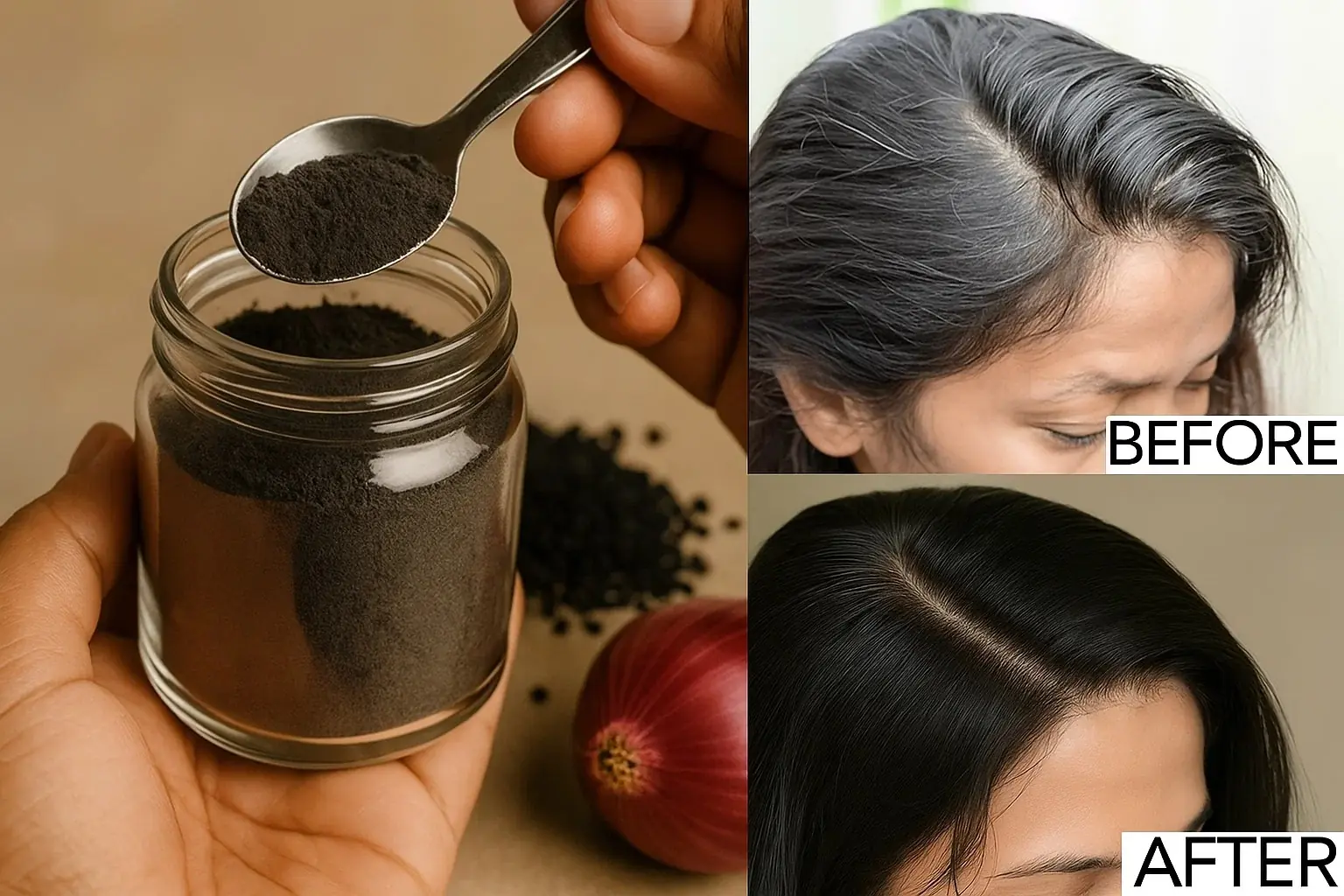
The Best Natural Remedy to Reverse Gray Hair: A Simple DIY Solution for Healthy, Vibrant Locks
Say goodbye to harsh chemicals and embrace the power of natural ingredients to restore and rejuvenate your hair, leaving it vibrant, thick, and full of life.

5-Year-Old Girl Dies from Late-Stage Cancer — A Wake-Up Call for All Parents
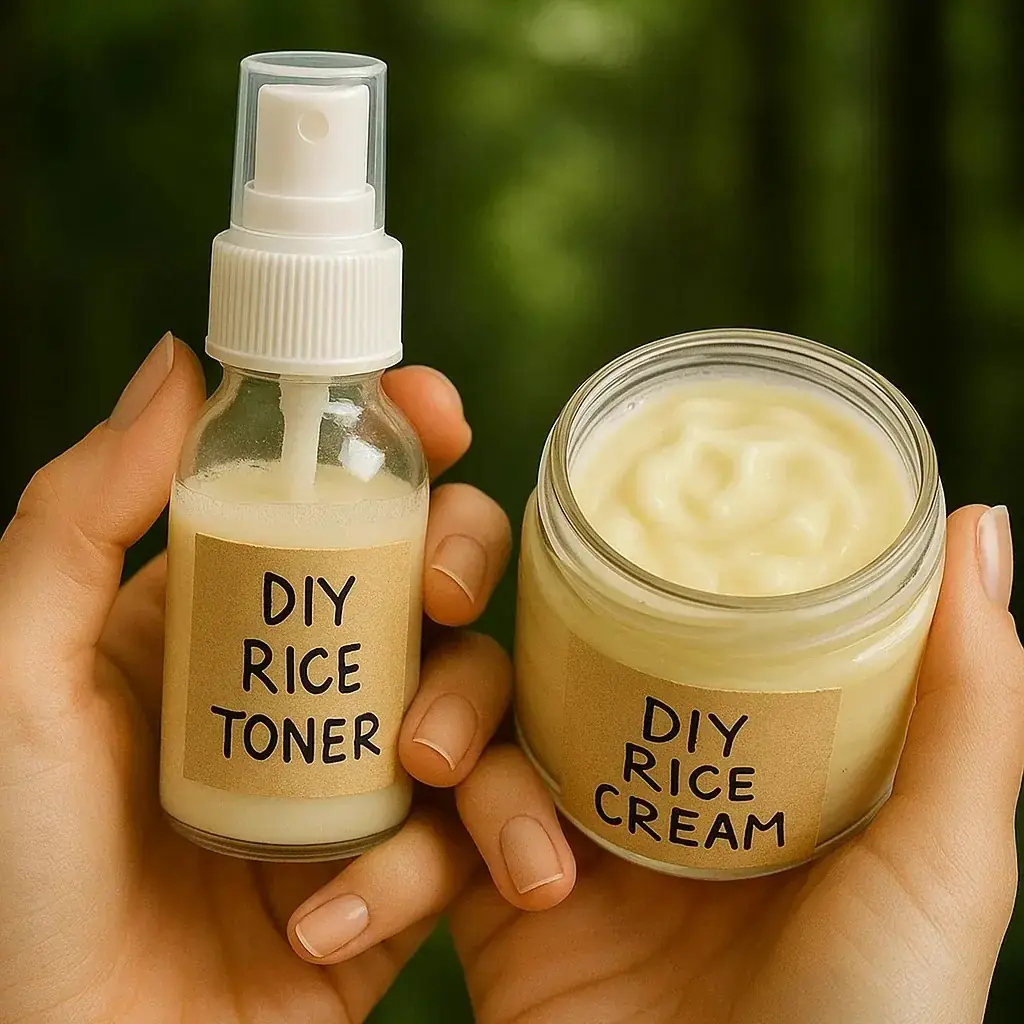
2-Step Korean-Inspired Glowup Routine: Achieve Radiant, Youthful Glass Skin At Home
The combination of rice, flaxseed, and other nourishing ingredients offers numerous benefits, from boosting hydration to fighting free radicals and improving skin texture. Follow this routine consistently, and you’ll be on your way to achieving the cove

DIY Flaxseed Gel & Okra Hair Gel for Natural Hair Growth and Frizz-Free Shine
By incorporating these DIY treatments into your routine, you can achieve healthier, shinier, and fuller hair—without relying on harsh chemicals or expensive products.
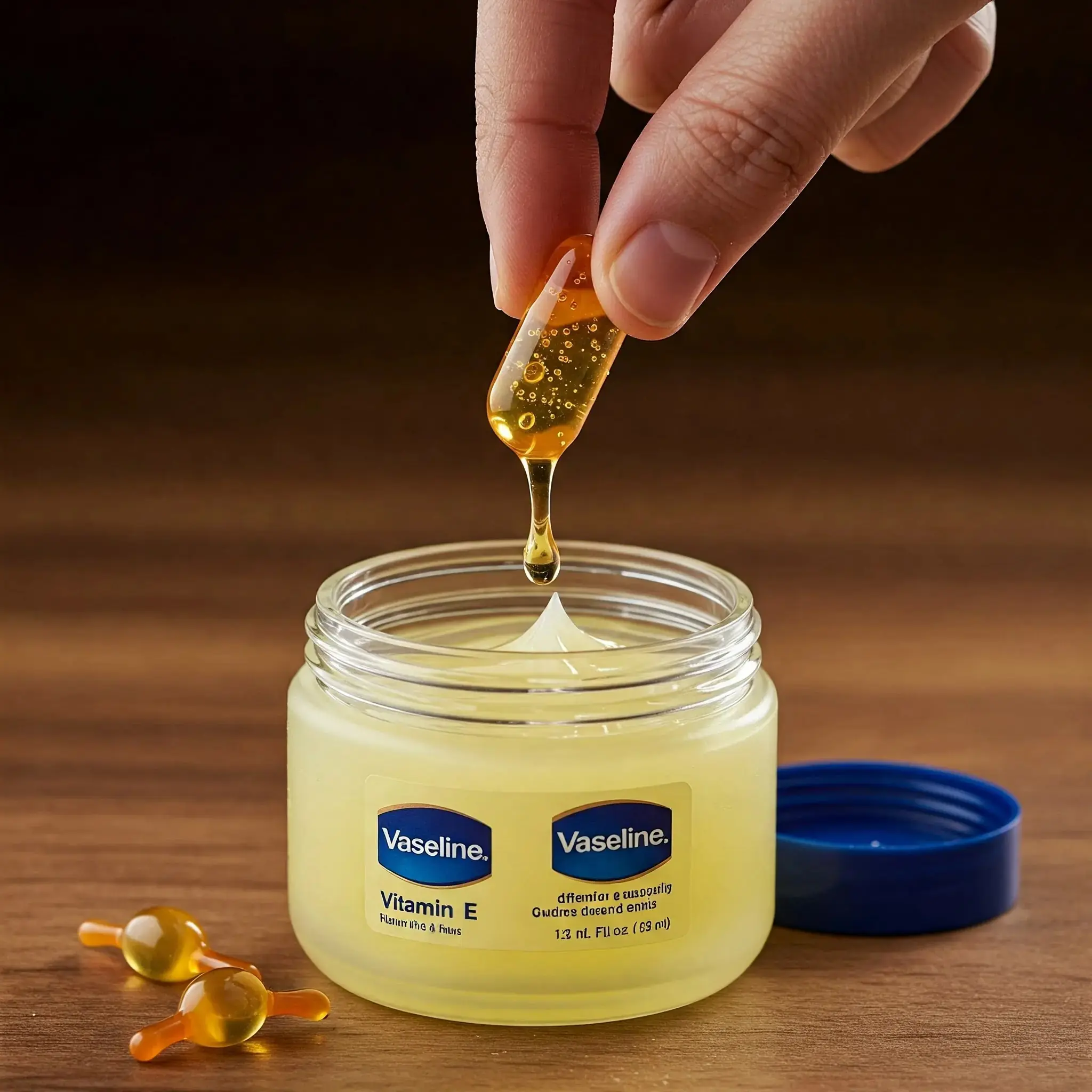
5 Powerful Vaseline Remedies for Anti-Aging: DIY Treatments to Achieve Youthful, Radiant Skin Naturally
By using these DIY recipes consistently, you can enjoy smoother, firmer, and more youthful skin, without the need for expensive creams and treatments.
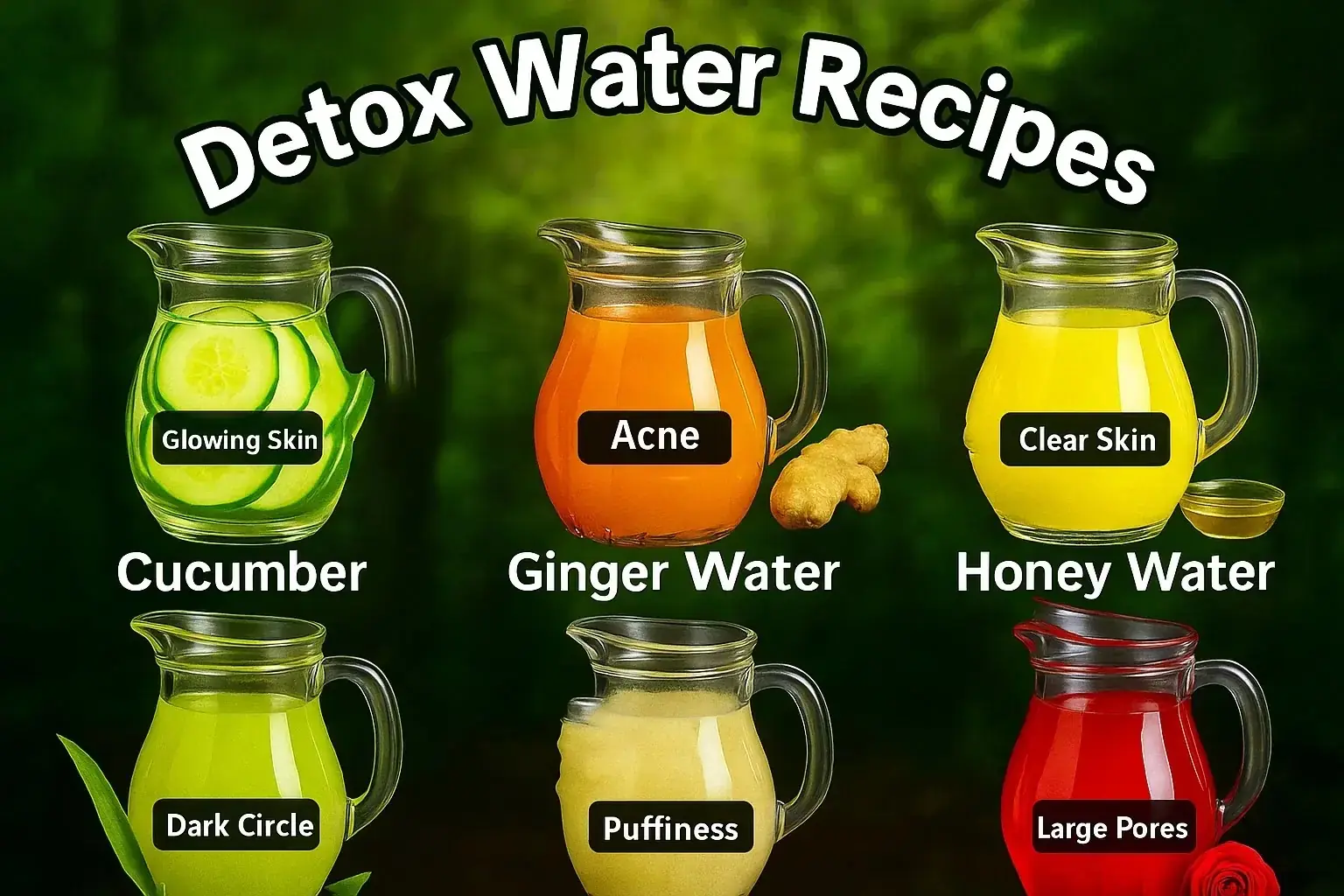
The Ultimate Skincare Detox Water Therapy: Boost Your Glow, Clear Acne, and Hydrate Naturally
By incorporating these detox water recipes into your daily routine, you can achieve glowing, clear, and hydrated skin.

Homemade Collagen Powder Recipe for Glowing Skin & Thicker Hair: Superfood Elixir for Ultimate Beauty
By incorporating this DIY collagen powder into your daily routine, you can improve the health and appearance of both your skin and hair.
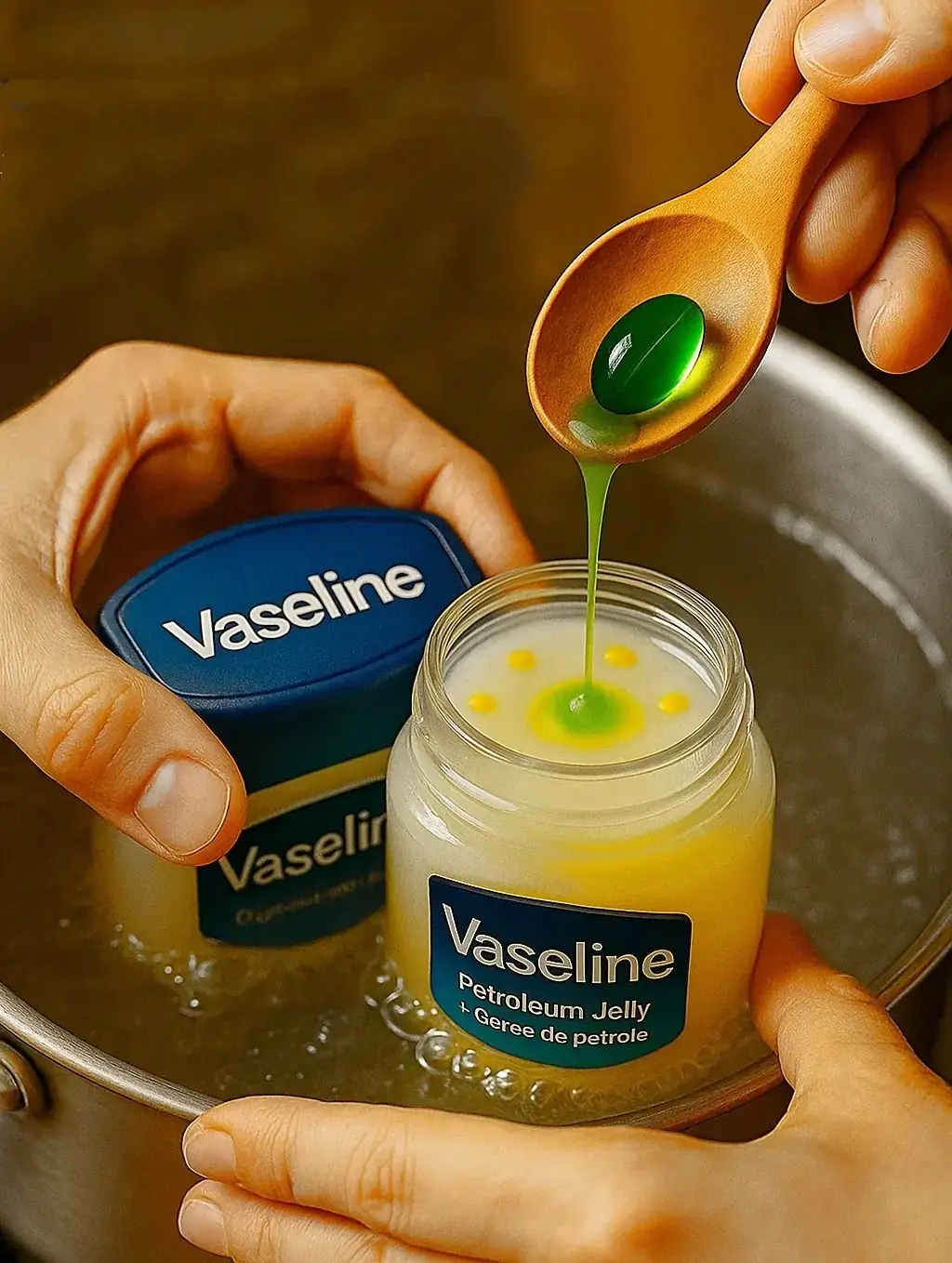
10 Powerful Vaseline Uses for Skin, Lips, and Hair: The Ultimate Beauty Multitasker
From treating dry skin and cracked heels to promoting eyelash growth and reducing wrinkles, Vaseline is a true multitasker. Its moisturizing and healing properties make it an indispensable addition to your beauty routine.

Power of Coffee and Garlic: DIY Hair Oil to Stop Hair Loss and Double Your Hair Growth
This potent blend of coffee, garlic, and nourishing oils works to stimulate hair follicles, improve scalp health, and promote overall hair growth.

The Ultimate Guide to Promoting Long, Healthy Hair: Two Powerful DIY Serums and Masks Using Fenugreek and Hibiscus
With consistent use of these DIY hair serums and masks, you can enjoy healthier, thicker, and shinier hair naturally, without the need for chemical-laden products.